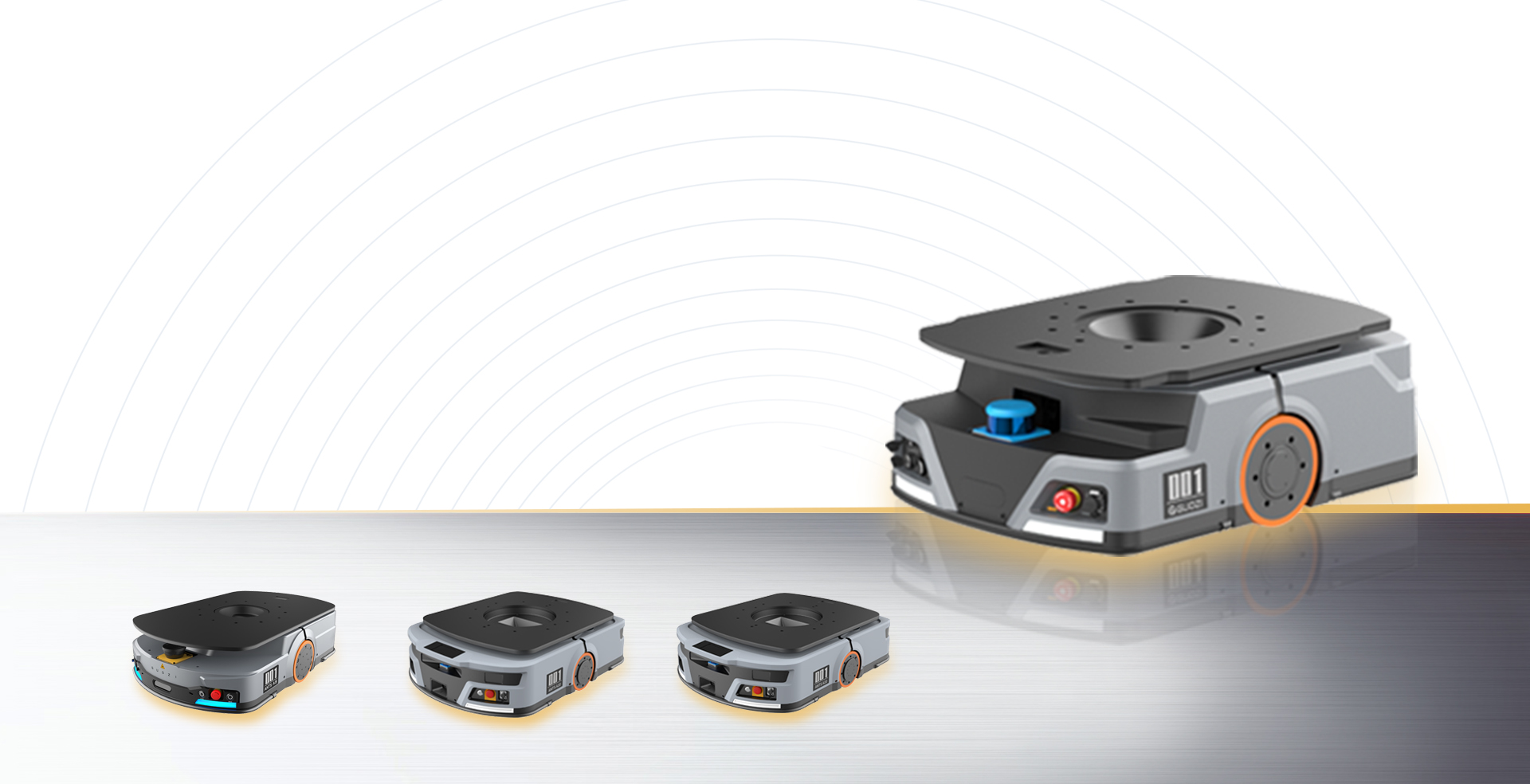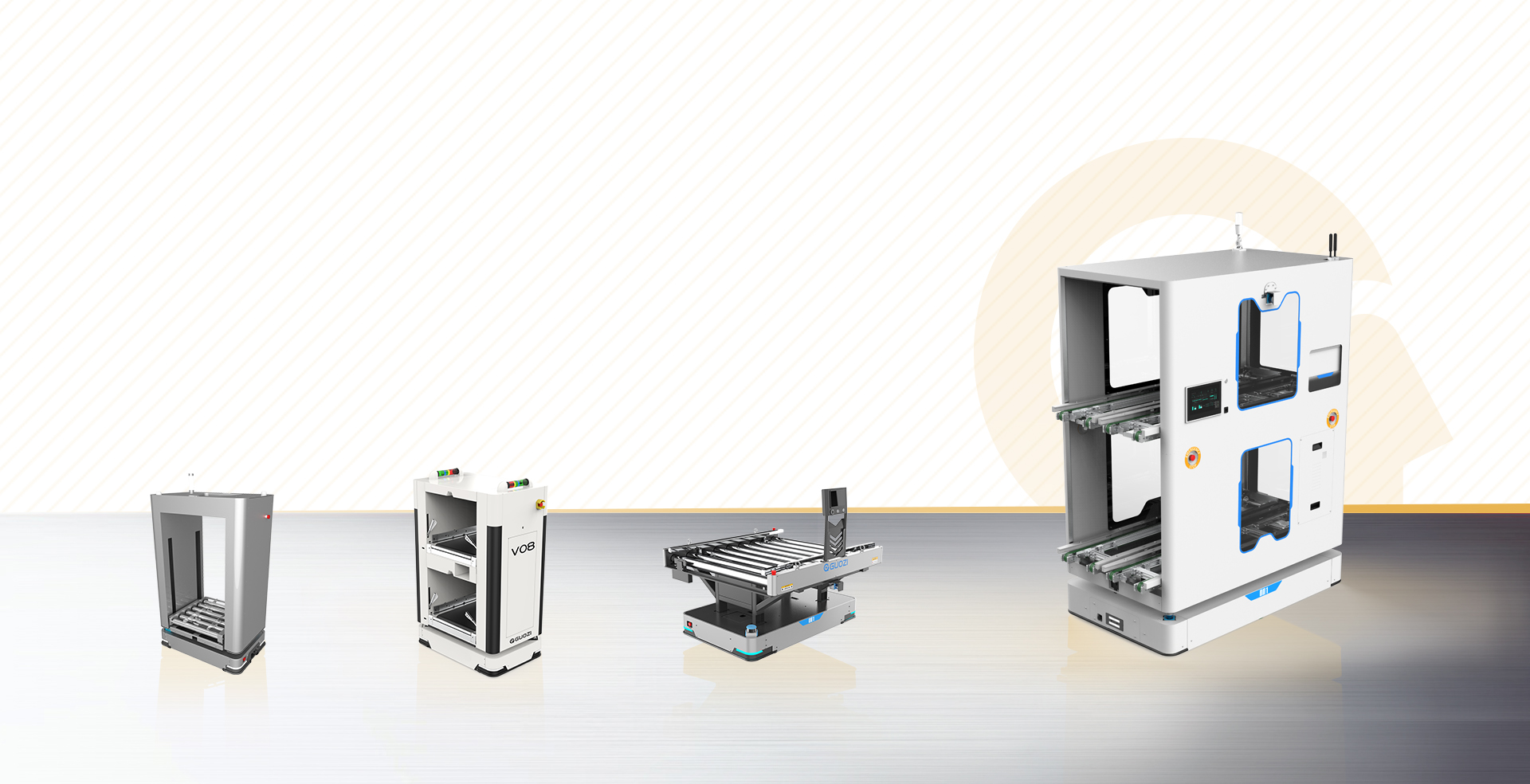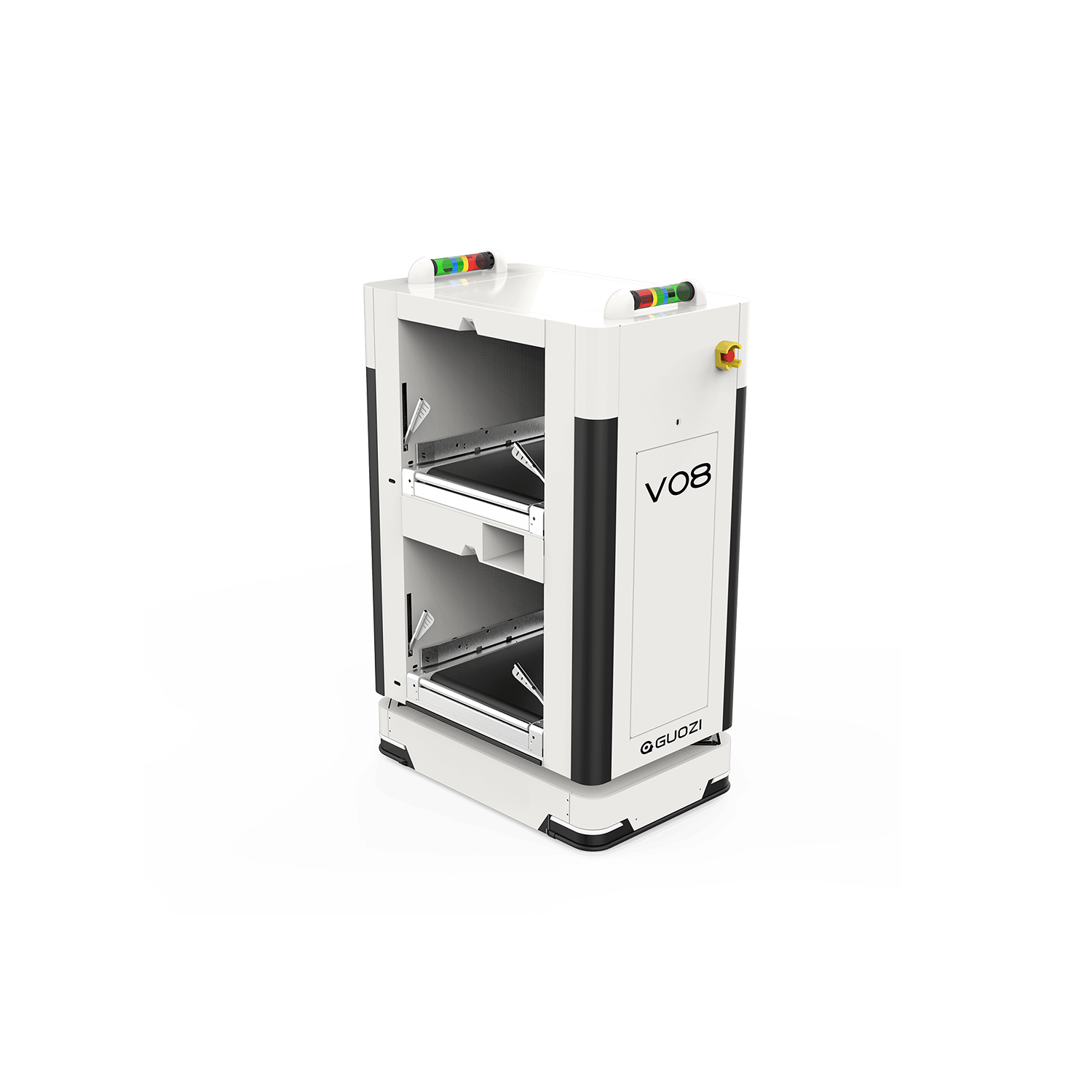With the continuous advancement of technology and the increasing diversification of market demands, the docking robot market is showing new development trends. In this paper, we will focus on the latest trends in the docking robotics market, especially focusing on the two aspects of segmentation and expanding application boundaries, and discuss the future development path of the docking robotics industry.
Focus on Segmentation
- Specialized Demand Drives Segmentation
With the increasing specialization of users' demand for robot functions, the application of docking robots in specific segments has deepened. The following segments will be the focus of future growth:
a. Lightweight Warehouse Docking Robots: Targeting small warehouses and the retail industry, lightweight warehouse docking robots are favored for their flexibility and cost-effectiveness.
b. Intelligent Handling Docking Robots: In the manufacturing industry, especially in the automotive and electronics industries, intelligent handling docking robots can increase productivity and reduce labor costs.
c. Medical Docking Robots: In the medical field, docking robots are used for surgical assistance, drug delivery, etc., and the market demand is growing gradually.
- Technological innovation drives the growth of the market segment
Technological innovation is the key driver in the development of the market segment. The following technological directions will be the focus of the docking robot market segment in the future:
a. Precision operation technology: Improve the operation precision of docking robots in the field of precision assembly, surgical assistance, etc.
b. Multi-modal perception technology: to enable docking robots to better adapt to complex environments, and to improve their autonomous navigation and obstacle avoidance capabilities.
c. Human-robot interaction technology: to enhance the docking robot's ability to collaborate with human beings, and to improve work efficiency and safety.
Expanding application boundaries
- Cross-industry integration
Docking robots are gradually breaking down industry boundaries and realizing cross-industry integration. For example, the combination with traditional industries such as agriculture, construction, and services brings new opportunities for intelligent transformation in these fields.
a. Agricultural docking robots: used in planting, picking, sorting, etc. to improve the efficiency of agricultural production.
b. Construction Docking Robot: for material handling, site cleaning, etc. on construction sites, reducing labor intensity of workers.
c. Service Docking Robots: provide services such as food delivery, cleaning, and escorting in the fields of catering, hotels, and elderly care.
- Emerging market development
With the maturity of the technology and the expansion of the application scenarios, docking robots are beginning to enter some emerging markets.
a. Home service market: Docking robots for home use, such as cleaning and caregiving, are gradually being accepted by consumers.
b. Education market: Docking robots for education, for programming learning, science experiments, etc., are in increasing demand.
c. Security monitoring market: security docking robots, used for patrolling, monitoring, etc., to enhance public safety. 138}}Policy support
The government's support policy for the robotics industry will be further refined, and specific policies targeting the niche markets and application areas of docking robots will be introduced one after another.
- Market Challenges
Challenges facing the docking robotics market include: technological maturity, cost control, market acceptance, and development of industry standards.
New trends in the docking robotics market indicate that the industry is moving toward greater specialization and diversification. Enterprises should grasp the pulse of the market and deeply cultivate niche areas, while actively exploring new application scenarios to adapt to market changes and demands. Through continuous innovation and technological upgrading, the docking robot industry is expected to usher in a broader development space.








